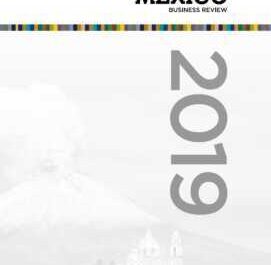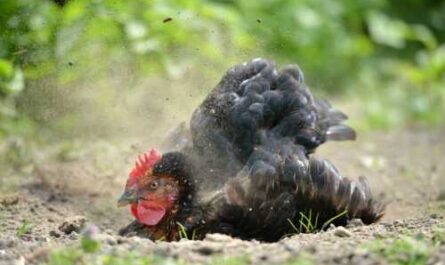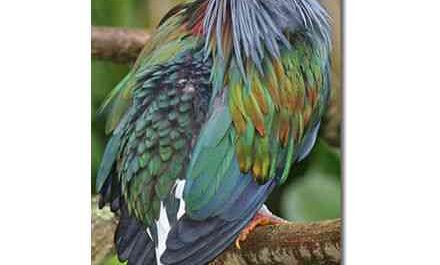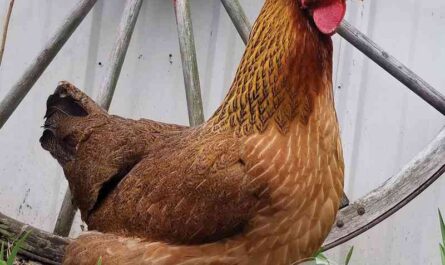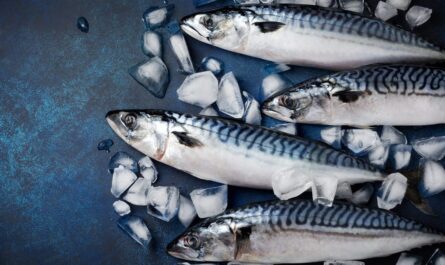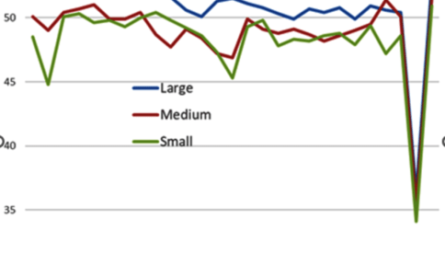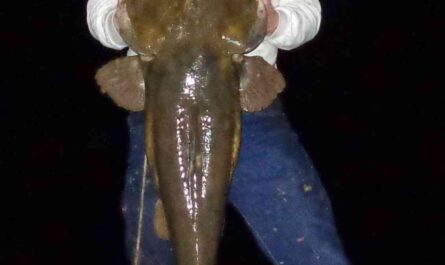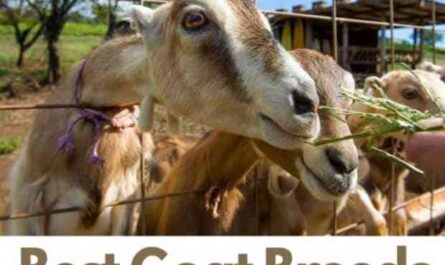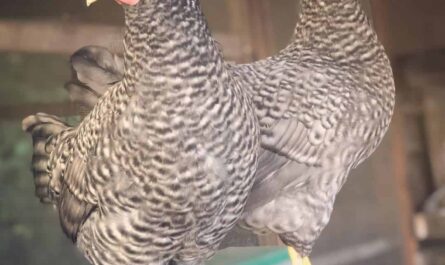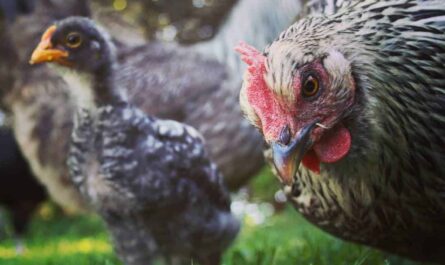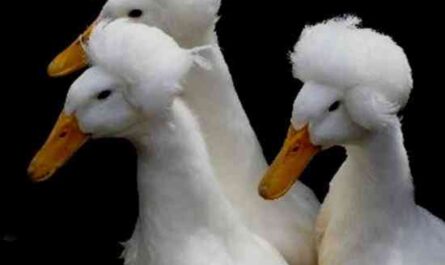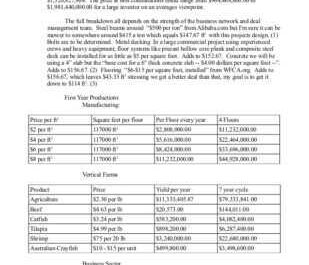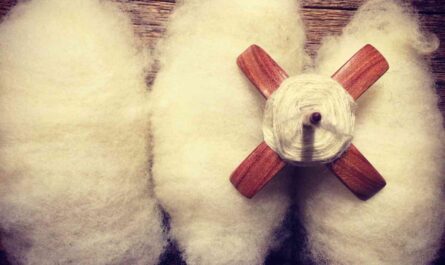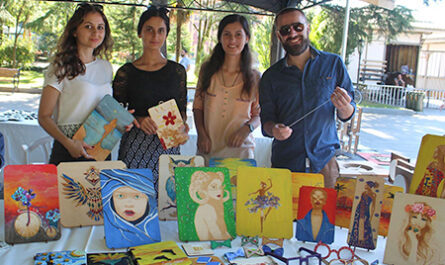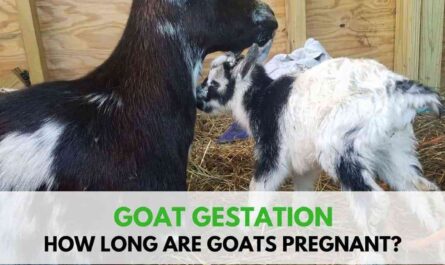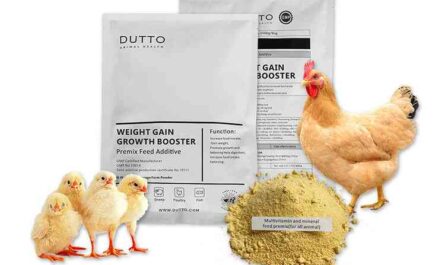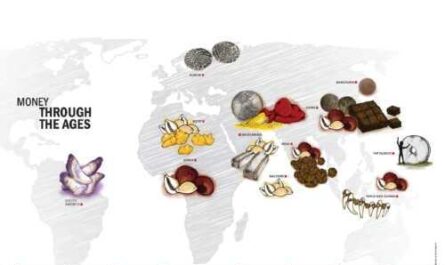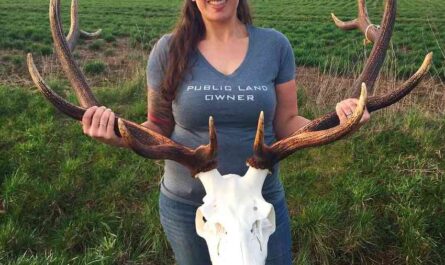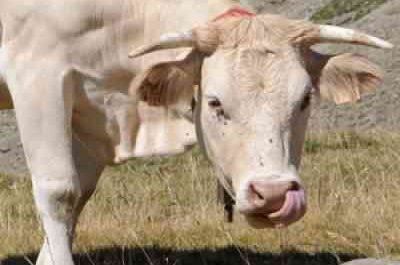The Malaysian chicken is a hard-feathered wild bird breed. It is the largest chicken breed that can reach a height of over 90 centimeters.
The Malaysian chicken is one of the oldest chicken breeds originating from Southeast Asia. Malays are found in parts of northern India, Malaysia and Indonesia and are believed to be descendants of Kulm chickens.
The Malay is the first giant Asian poultry breed introduced to the Western world. The breed first appeared in England in 1830 and was very popular in England until it fell out of favor due to the popularity of the newly introduced Cochin chickens.
The Malaysian chicken arrived in Germany and Holland in 1834 and in the United States in 1846. The red, black-breasted Malayan chicken was included in the American Poultry Association’s Standard of Excellence in 1883. In 1991, five more colored varieties (standard and bantam) have been added. .
A dwarf version of the standard-sized breed was created around the turn of the 20th century. And the Malay was the first breed of chicken to be subjected to bantamiza.
The American Poultry Association added a bantam version to its standard of excellence in 1904. Currently, the Malayan breed of chicken is raised primarily for ornamental purposes and not for egg or meat production.
Characteristics of Malay chicken
Malayan chicken is the largest and heaviest bird. It achieves its large size through a combination of long neck, long legs, and upright posture.
Their upright posture, neck, and long legs make them look even bigger than they actually are. Malaysian chickens have many unique attributes.
Crows roosters are hoarse, short, monotonous, and the whole thing sounds like a roar. The breed looks bold and possibly fierce due to the prominent eyebrows and broad skull. The Malaysian chicken has small wattles and tends to expose its throat and chest.
They have a strawberry scallop, and the scallop is low and thick. Their beak is short, wide and hooked. The skin color of the Malaysian chicken is yellow. Their legs are yellow, with very large scales.
Their feathers tend to be very close fitting, downless, dense, narrow and very shiny. And in the light of day their feathers acquire a brilliant shine. They have little down or down like other breeds.
Standard Malaysian roosters weigh around 5 kg and hens around 4.1 kg. And dwarf roosters weigh about 1.19-1.36 kg, and chickens – about 1.02-1.13 kg. Malayan chicken resembles Asil chicken from another Asian breed. Photo courtesy of The Livestock Conservancy.
Behaviour/Temperament
Like the appearance, character and behavior of the Malaysian chicken are also unique. They are quite grumpy and the situation gets worse when they are locked up.
Roosters can be aggressive and intolerant of other roosters. They can attack anyone who comes near their chickens. They tend to eat each other with their feathers. It is therefore best to keep them in pairs or triplets, or never keep more than one rooster with hens.
Malaysian chickens are very hardy, active, energetic and strong. They are known for their vigor and long lifespan. To maintain muscle tone and pen firmness, they need regular exercise.
Malaysian chickens are poor, seasonal laying hens. They lay several medium-sized light brown eggs. They will be thoughtful, but that’s not the best choice. Because due to their long legs they cannot easily fit into the nest, and due to their short, narrow and tight feathers they cannot cover many eggs.
Chickens are excellent mothers, but roosters can sometimes be a danger to chicks. See the Malayan Chicken Breed’s full profile below.
| Breed name | Malay |
| another name | everything |
| Purpose of the breed | ornamental |
| Broad temperament | Aggressive, inconstant, restless, wild |
| Breed size | big |
| sullen instinct | Medium |
| comb | Strawberry |
| climatic tolerance | Heat |
| egg color | light brown |
| Egg size | medium |
| Egg performance | Short |
| feathered feet | Not |
| scarcity | Ordinary parts |
| Varieties | Black-breasted red, black, black-red, pyle, spangled, white and wheat |
| Native country | Native to Southeast Asia |

